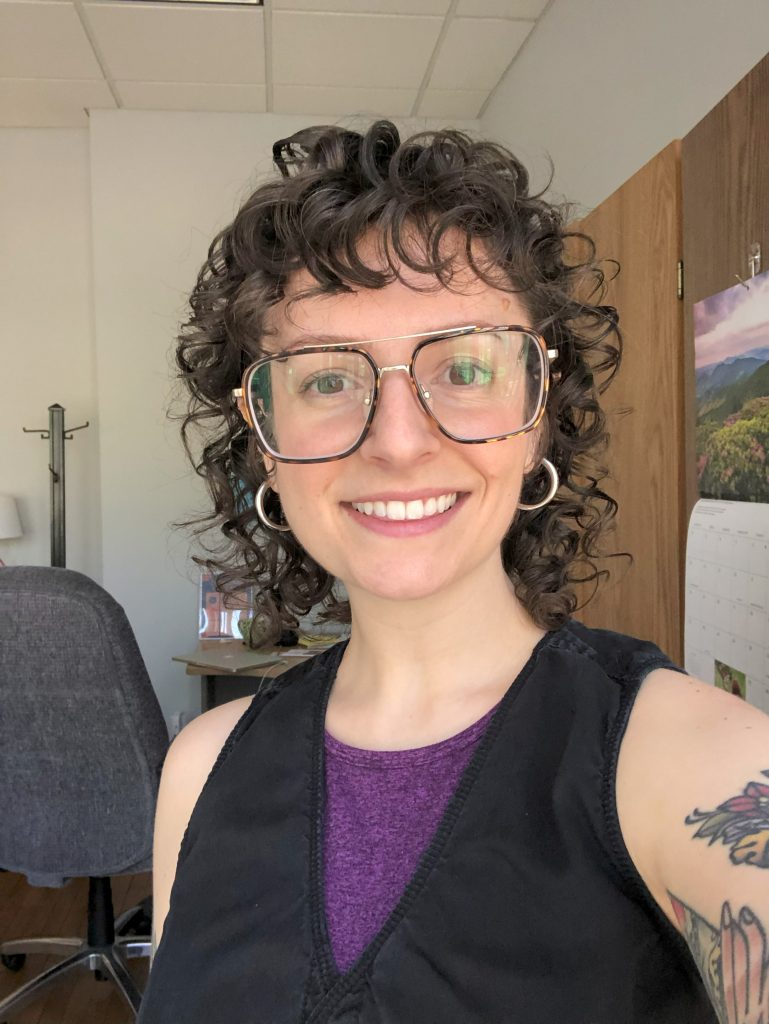Off to the races
Every spring, college students and families flock to the track for the Foxfield Races. While patrons galavant through the fields and watch the occasional horse race, the Charlottesville-Albemarle Rescue Squad makes sure everyone stays safe. This year, C-VILLE tagged along with CARS for the festivities.
The day started early at the McIntire Road CARS station, with everyone in full motion at 6:45am. For Social Events Captain Nicole Post, planning began more than a month before the actual races. “I take inventory of what we used from last year, what’s going on, and make sure we’re doing all of our ordering,” she says. “We have a bunch of cards, a bunch of backpacks, a bunch of walking packs, so all of that has to be updated and stocked, all the expired stuff needs to be thrown out.”
The CARS squad headed out in a fleet of ambulances, trucks, and other EMS vehicles around 7:30am. After a pit stop at Chick-fil-A in the Mass Casualty Incident truck, we arrived at the racetrack, where the squad split up after breakfast briefings that included assignments for interior treatment center, ambulances, walking teams, and the exterior care center. This helps ensure that CARS can access and treat patients at any location.
After meeting up with Chief Virginia Leavell, I was given a highlighter-yellow CARS jacket and joined the gator teams in the interior treatment center. The gators—essentially souped-up golf carts converted into field ambulances—transport patients who can’t easily get to the main medical area on their own.
Despite the early morning rain and chillier-than-normal temps, the gator teams were quickly dispatched. Calls typically end with either no patient located or an intoxicated 20-something loaded onto the stretcher after a basic lookover. Unless something is wrong with a patient’s airway, breathing, or circulation, the person is immediately driven to the interior medical center.
“Those are like the three big things that are our top priority on every patient, the three things that we check first in all cases,” says Jaime Lear, one of the gator drivers who manned the MCI to and from Foxfield.
Once at the medical center, patients are assessed and treated as appropriate. Most people hang out in the tent for at least an hour, and the doctor on site approves each discharge. Anyone brought in for intoxication must pass a quick walking test before leaving.
“A vast majority of patients get treated and released from here,” says CARS medic Michael Chilmaid. “Usually each year a couple end up having to be transported to the hospital.”
“Normally if we’ve treated a patient, given them medications, or put [in] an IV, they would be going to the hospital, but here it’s a little different,” adds paramedic and training officer Jasmyn Powers.
Amid the chilly weather, CARS was less busy than usual this year, with 16 patients in the interior medical center all day and no transports to the hospital.—Catie Ratliff
Money moves
Albemarle County Public Schools adopted its operating budget for the 2024-25 school year on April 25. The budget comes in at $269.4 million, a $9.5 million increase from last year. Highlights include a 3 percent raise for all employees, an increase to the Academic Leadership Compensation Program, and the addition of five full-time equivalent positions to both the English Learner and Special Education program.
The wheel deal

Effective April 29, Hailey Peterson is the new executive director of Meals on Wheels of Charlottesville/Albemarle. Peterson started with MOW in 2021 as a volunteer manager, later serving as the organization’s assistant director and has been the interim executive director since September 2023. “I’m honored to continue my work with Meals on Wheels as the Executive Director,” Peterson said in an April 25 press release. “Having spent the past three years getting to know the volunteers, learning more about the organization, and better understanding the needs of our community, I’m looking forward to deepening our connection to our neighbors in need.”
Fire alarm
The Charlottesville Fire Department is investigating a fire at the University of Virginia Medical Center. The fire started at approximately 11:45am on April 27 in an inpatient room in the Medical Intensive Care Unit. A patient and a visitor were both treated for injuries, and the hospital returned to normal operations by the same afternoon. At press time, the cause of the fire is unknown.




